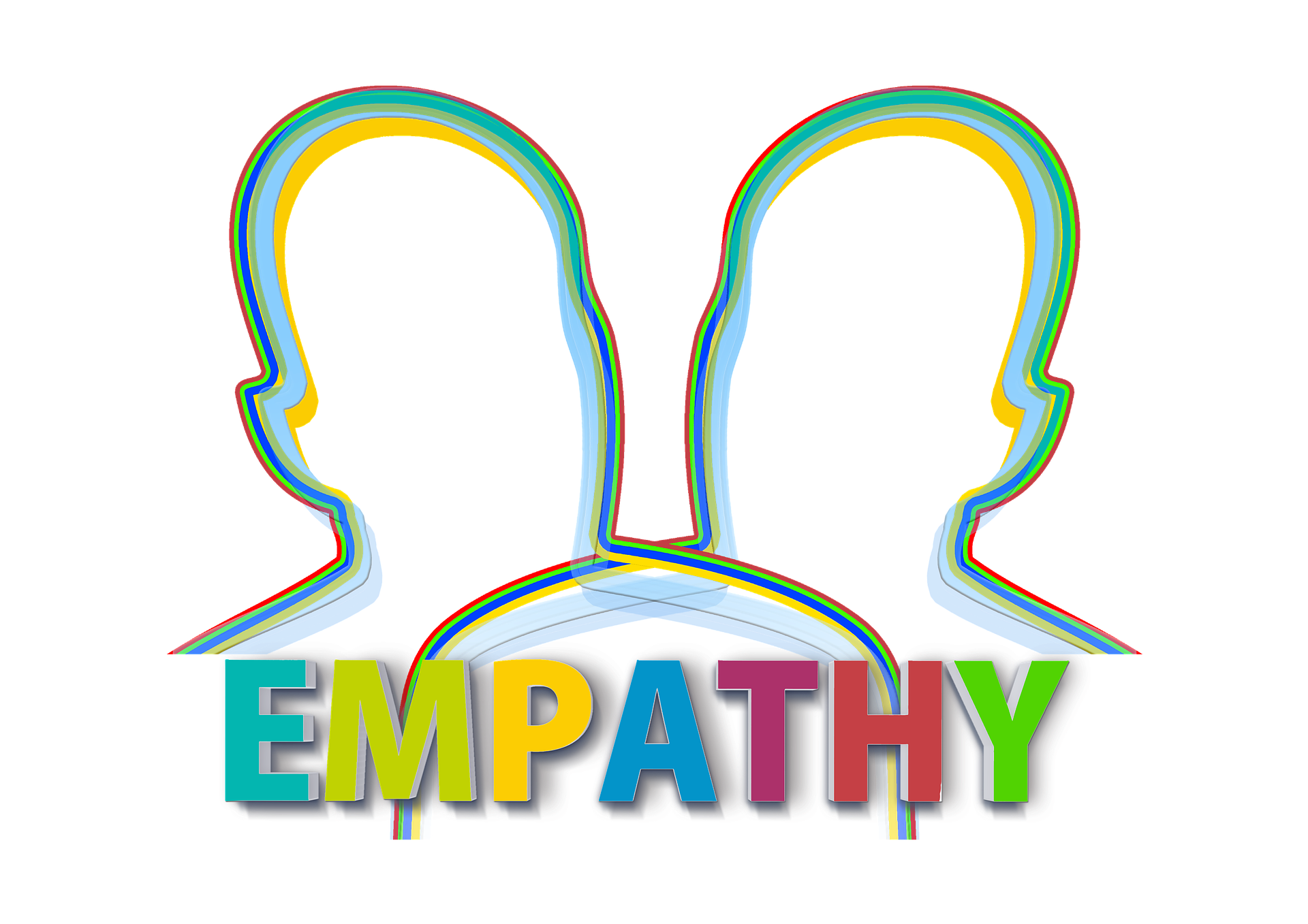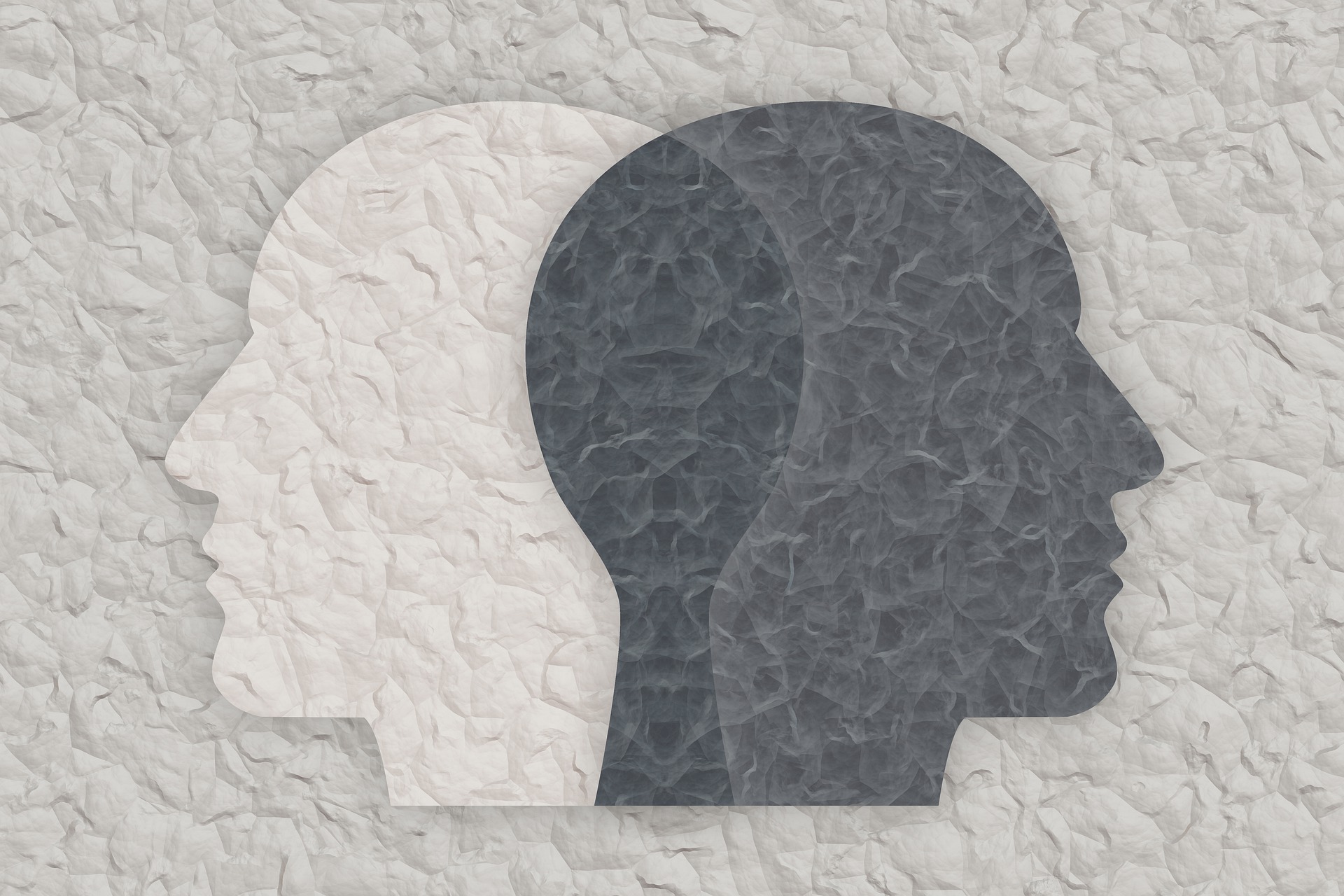Learn how to gain empathy when practicing design thinking
Empathy is an important element in design thinking and human-centered design. But what exactly is it, and how do you develop it? In this guide, we’ll cover what empathy for design thinking means as well as how to learn empathy to apply to your innovation- and design thinking-focused projects.
Empathy in Design Thinking: What It Is
In design thinking, empathy is a “deep understanding of the problems and realities of the people you are designing for” (IDEO). Empathy is our ability to see the world through other people’s eyes – to understand their needs and desires. By gaining this deeper appreciation and understanding of people’s emotional and physical needs, you can create better solutions for your design thinking challenges. Empathy is also a top skill for all employees to master in a post-pandemic workplace – not just design thinkers. It’s role can help all employees overcome challenges both inside and outside of the workplace.
How to Empathize

Practically, the empathy stage at the start of the design thinking process involves observing and engaging with the people you are designing for. This will help you understand their experiences and motivations, as well as immerse yourself in their physical environment to gain a deeper understanding of the challenges and needs involved.
One way we often suggest doing this is by interviewing key stakeholders. Allow yourself to listen to them and connect the dots with “what”, “why”, and “how”. Ask your subjects to tell a story about their experiences or a key moment in time where the challenge impacted them directly. If interviews are not possible, observations can also be useful. Reviewing source material, whether that is original emails, chats, or social media conversations, can also help you learn about the people who are directly impacted by the challenge.
In order to be a successful observer, one must:
- Abandon their ego – remove themselves from their own view of the world, opinions and thoughts
- Adopt humility – abandon preconceived ideas and acknowledge their own shortcomings
- Be a good listener – listen attentively and carefully
- Show compassion – build a sense of care and deep concern to want to help the user
- Be curious – curiosity allows us to dig into unexpected areas and uncover new insights
- Learn to understand body language – many times, people tell us more by HOW they act than what they SAY
Once you’ve gathered that information, you can then use an empathy map to tie it all together. Empathy mapping is a visualization of everything you know about your end-user. Traditional empathy maps often follow a four quadrant guideline that considers what the user or persona says, thinks, does, and feels. Learn more about this process in our earlier blog post.
Conclusion
Empathy is an innate trait that design thinkers can tap into to unlock new insights and a greater understanding of their end users. Immersing yourself in the lives of those directly impacted by the challenge you are trying to overcome is key to developing a useful and practical solution for them. Design thinking empathy training is simple, but requires you to look beyond your own preconceived notions and put yourself in someone else’s shoes. Everyone can benefit from this!
If you are interested in learning more about empathy training or getting help developing a custom design thinking training or innovation workshop for your organization, contact us online to learn how to get started.
